
Tawns High Quality New Design Modular Aluminum Frames Advertising Expo Trade Show Display Tradeshow Exhibition Truss Booth

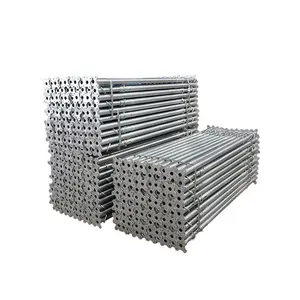
Hot Sale Factory Adjustable Painted Scaffold Floor Support Jack/Construction Formwork Steel Prop Sleeve Steel Prop 2.2m-5m






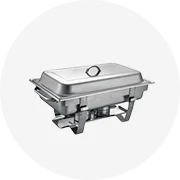
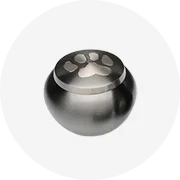
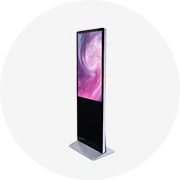

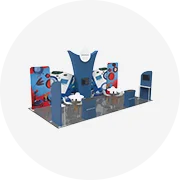
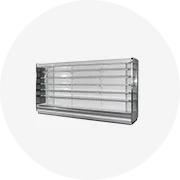
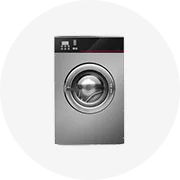
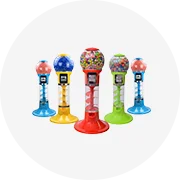
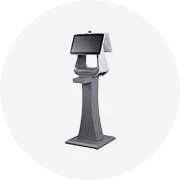
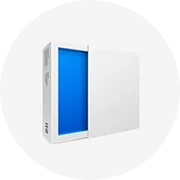

A lighting truss is a structural framework designed to support lighting equipment, fixtures, and other related components for events, concerts, stage productions, and various entertainment settings. These trusses are typically made of aluminum or steel and come in various configurations to accommodate different lighting setups.
Aluminum is a common material for aluminum lighting trusses due to its lightweight nature, corrosion resistance, and strength. It is easy to transport and set up. Steel trusses are heavier but offer increased load-bearing capacity. They are suitable for larger-scale setups or installations that require additional strength. Truss Configurations: A Box truss is a rectangular or square truss that forms a box shape. It provides strength and stability and is commonly used for heavy loads. Triangular trusses form a triangle shape and are lighter than box trusses. They are versatile and widely used for various applications. Circular trusses create a circular shape and are often used for hanging and supporting circular lighting arrays or other circular structures.
Sections of the stage truss are connected using bolts. This allows for easy assembly and disassembly. Truss sections have spigots that fit into corresponding receivers, creating a quick and secure connection. Lighting trusses come in various lengths and sizes to accommodate different venues, stages, and setups. Common sizes include 8-foot, 10-foot, and 12-foot lengths. Consider the load capacity of the truss, including the weight of lighting fixtures, sound equipment, and any other accessories that will be attached. Ensure that the truss can safely support the intended load. Many stage lighting trusses are designed for easy assembly and disassembly. Quick-connect systems and lightweight materials contribute to efficient setup and breakdown. Trusses are often powder-coated or anodized to provide a durable and visually appealing finish. This finish also helps protect the truss from corrosion. Concert lighting trusses are often designed to be compatible with various accessories such as clamps, brackets, and couplers. This allows for the attachment of lighting fixtures, speakers, and other equipment.
Consider the specific requirements of the venue, including ceiling height, load-bearing capacity, and any restrictions on the use of rigging equipment. Adhere to safety standards and regulations when using lighting trusses. Ensure that the truss is assembled and rigged by trained professionals to prevent accidents. Choose portable lighting trusses that are easy to transport and store. Some trusses are designed to fold or stack for compact storage and efficient transportation. Consider the adaptability of the truss system to different lighting setups and configurations. Modular truss systems allow for flexibility in design and application. If using lighting trusses outdoors, consider weather resistance. Aluminum trusses are less prone to corrosion, making them suitable for outdoor applications. The appearance of the truss can contribute to the overall aesthetics of the stage or venue.